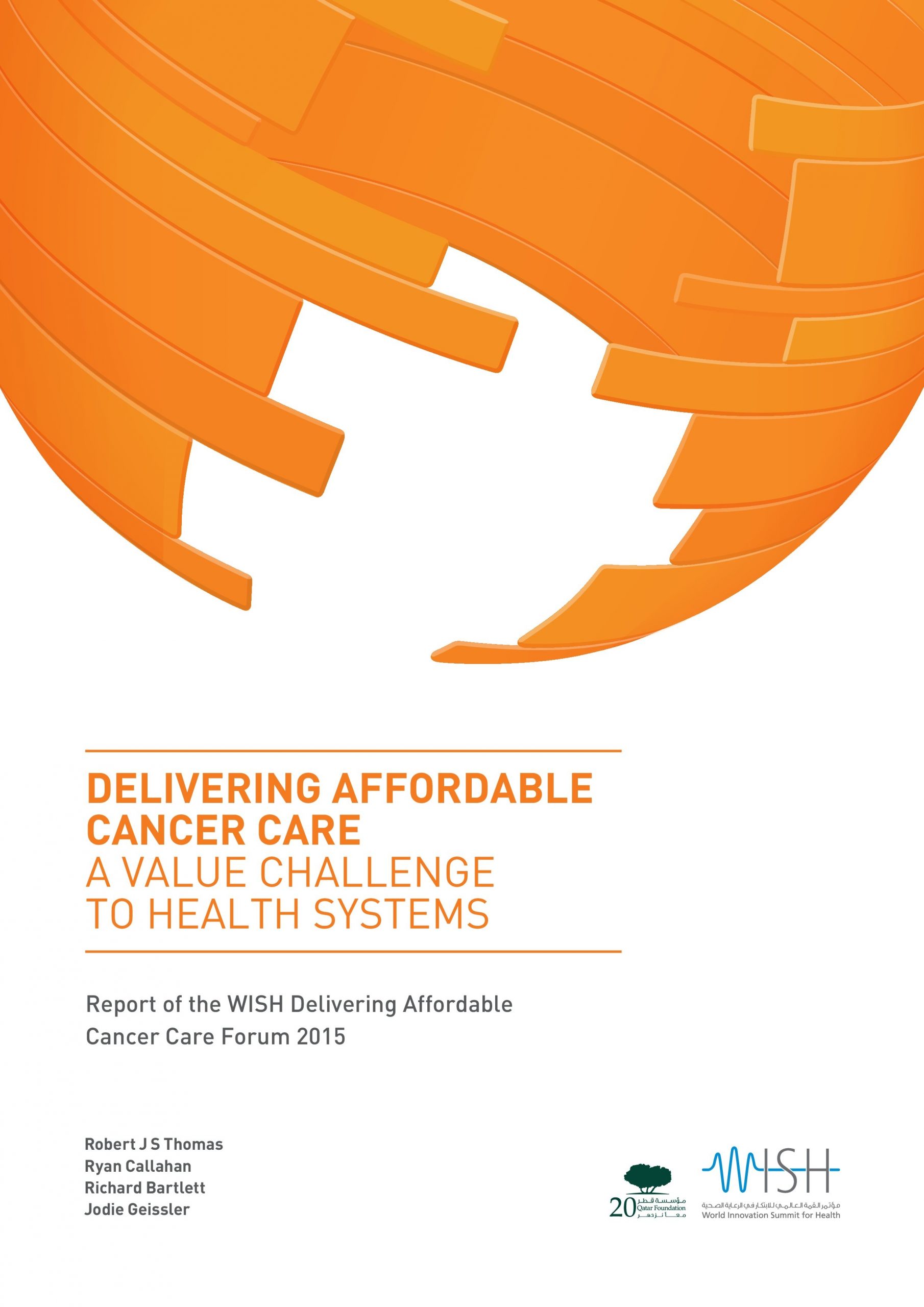ملخص تنفيذي
Outstanding progress has been made in cancer research, leading to advances in the way we screen, diagnose, treat and provide follow-up care for cancer patients. We are better, too, at organizing our health systems around the needs of patients via a standardized pathway approach.
The resources that countries have deployed to control cancer, particularly through the adoption of innovation and technology in acute care settings, are significant. Cancer care is responsible for 5–7 percent of healthcare costs in high-income countries, reaching approximately $290 billion per year in 2010. For many countries, cancer is one of the top three areas of healthcare spending.
The expectation in many health economies is that these costs will rise dramatically, driven by increasing incidence as well as better survivorship and the associated longer periods of treatment and follow-up care. This is compounded by treatment costs themselves growing rapidly. While we accept that high cancer spending may be justified, we are also aware that there is significant variation in per-case costs across and within health economies, with outcomes failing to correlate to expenditure. Within this context, we test the hypothesis that spending in cancer care may be excessive and ask what might be done to better align systems to focus on value: sustaining progress in improved outcomes while restraining cost growth.
In this paper we explore the root causes of excess spending in order to further define and recommend how value in cancer care may be achieved. We propose an action plan with four priority areas, supported by case studies, to guide the delivery of better value in cancer care for patients and the community (see Figure 1).
For those health systems and practitioners who take up our challenge, we propose how to harness proven reforms and emerging innovations, build on the breakthroughs in cancer care and control, and refocus cancer care delivery on a new, crucial objective: affordability.

